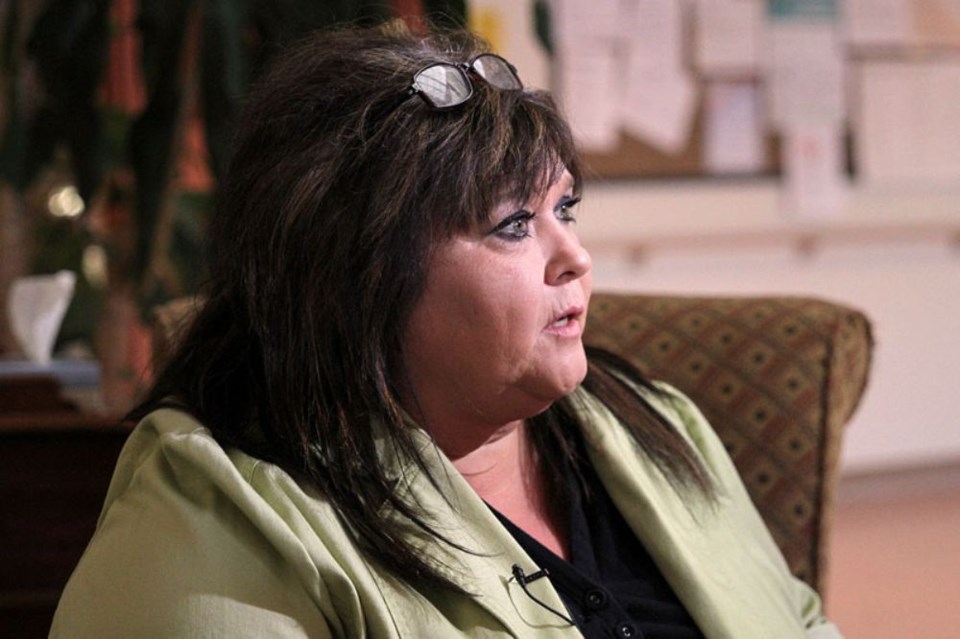An administrator at a city-run home for the aged says she fully supports a $384-million plan to increase staffing to meet growing patient needs.
Lee Mesic says the plan, put forward by the Ontario Association of Non-Profit Homes and Services for Seniors, is absolutely necessary as the population ages and demands on the system continue to increase.
As it stands, patients at senior homes in Ontario received about 3.43 hours of direct care per day. Mesic said a minimum of four hours per patient per day is required.
Without it, patients aren’t getting the care and support they need and it’s also having an impact on staff.
It’s becoming tougher and tougher to do a proper job, said Mesic, who oversees Pioneer Ridge.
“Our residents are getting more and more complex. They’re coming in with very diverse needs and chronic diseases requiring a lot more acute care that you would find in a hospital setting,” she said.
The four-hour care number was first proposed in 2008 in a report prepared for the province by Shirley Sharkey.
“The staffing numbers we maintain right now are just not meeting the needs,” Mesic said.
Using Pioneer Ridge as an example, it would mean adding about four or five more staff members per day.
The aging population means things aren’t about to get better anytime soon.
“The mental-health issues of our seniors are rising. So the mental-health issues, in conjunction with the complex-care needs, mean we’re not meeting the safety needs of our patients.”
Mental health brings its own set of challenges, Mesic said.
Patients suffering from mental illness are often more aggressive and pose a danger to both patients and staff.
“It’s no fault of their own that they have these aggressive behaviours,” she said.
“But that puts our other residents at risk. Residents are getting hit, they’re wandering into other residents’ rooms.”
Add in IV feedings and other day-to-day tasks and often it leads to residents not receiving care in a timely manner.
“They’re just not getting the care they deserve.”
The OANHSS delivered its message in January to the province’s standing committee on finance and economic affairs during pre-budget hearings in Toronto.
In their remarks they noted that 78,000 Ontario seniors living in long-term care facilities, with another 20,000 on waiting lists.
OANHSS chief executive officer Donna Rubin at the time said they’d been waiting nearly five years for a response from the province.
“We simply do not have enough staff in our long-term care homes to provide the care Ontario’s seniors need and deserve,” she said in a release.
The organization is also asking the province to improve the funding model for long-term care homes and develop a proper, workable funding framework to improve the “level and equity for community service funding.”
Sign in or register
- Messages
- Post a Listing
- Your Listings
- Your Profile
- Your Subscriptions
- Your Likes
- Your Business
- Support Local News
- Payment History
Registered Users
Already have an account?
New Users
Create a free account.
